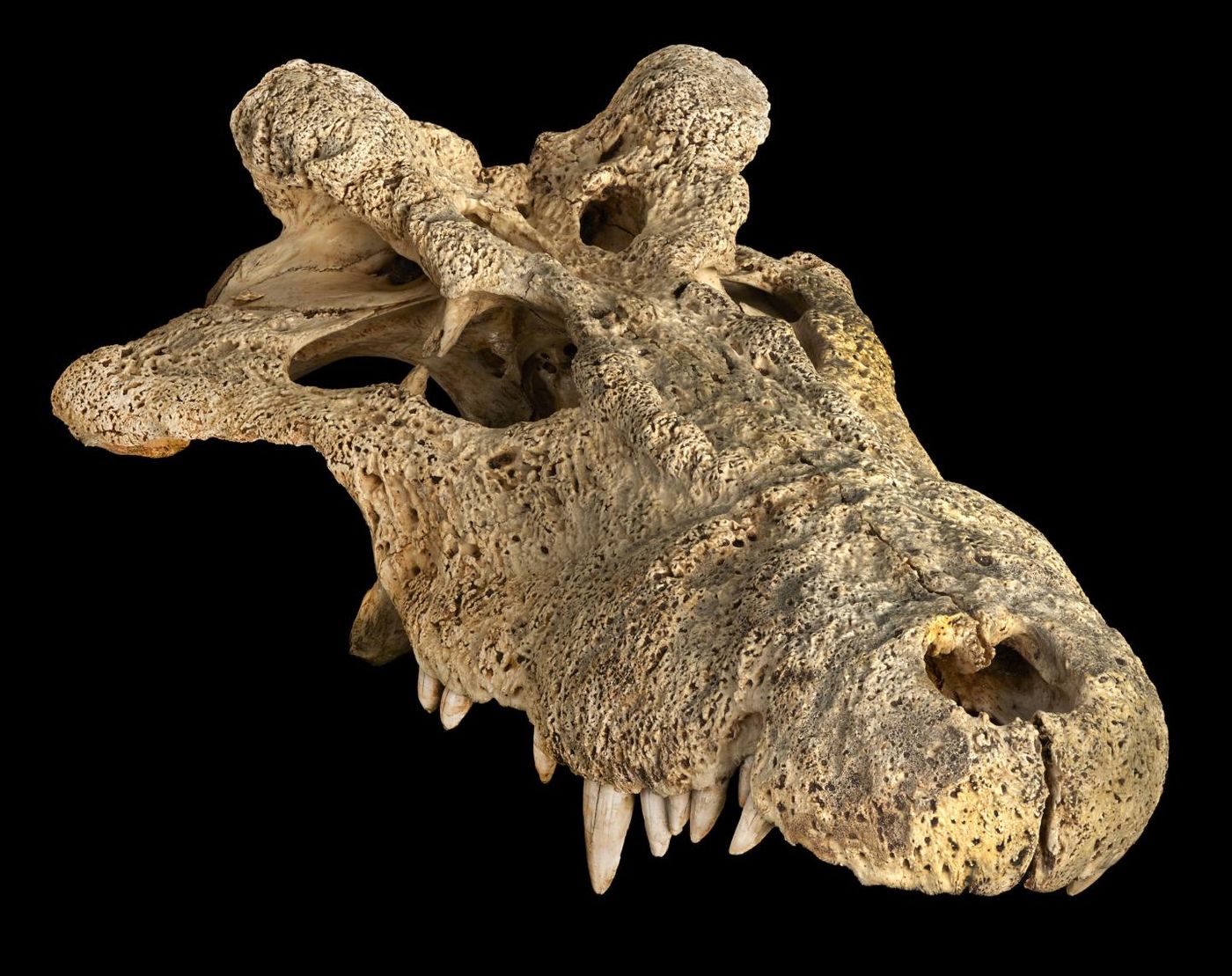Insight Into the Evolution of Madagascar's 'Horned' Crocodile
Madagascar is a place full of unusual animals because it was isolated from other landmasses so long ago. Now scientists have learned more about a crocodile that once lived among humans and sported horns. Reporting in Communications Biology, researchers have found that the horned crocodile was a close relative of 'true' crocodiles, but they're on a different branch of the family tree. This work changes what was assumed about the horned croc, and has suggested that the ancestor of modern crocodiles probably originated in Africa.
"This crocodile was hiding out on the island of Madagascar during the time when people were building the pyramids and was probably still there when pirates were getting stranded on the island," said lead study author Evon Hekkala, an assistant professor at Fordham University and a research associate at the American Museum of Natural History (AMNH). "They blinked out just before we had the modern genomic tools available to make sense of the relationships of living things. And yet, they were the key to understanding the story of all the crocodiles alive today."
Estimates of when modern humans arrived in Madagascar vary widely, from 9,000 to 2,500 years ago. The island's larger animals, including elephant birds, dwarf hippos, giant tortoises, and a "horned" crocodile, Voay robustus, went extinct after that. Explorers that went to Madagascar learned that locals referred to two types of crocodiles: a larger one and a smaller one that was better at swimming. Both types are thought to have persisted until recently. Officially, only the smaller crocodile, an isolated population of Nile crocodile (Crocodylus niloticus), is still there.
The placement of the horned crocodile on the tree of life has long been debated. A 2007 study that investigated its physical characteristics suggested it wasn't even a true crocodile, and that it was part of a dwarf crocodile group.
"Teasing apart the relationships of modern crocodiles is really difficult because of the physical similarities," Hekkala explained. "Many people don't even realize that there are multiple species of crocodiles, and they see them as this animal that's unchanging through time. But we've been trying to get to the bottom of the great diversity that exists among them."
In this work, the researchers had to sequence DNA that was obtained from old fossil specimens; two were from the 1930s.
"This a project we've tried to do on and off for many years, but the technology just hadn't advanced enough, so it always failed," said study co-author George Amato, emeritus director of AMNH's Institute for Comparative Genomics. "But in time, we had both the computational setup and the paleogenomic protocols that could actually fish out this DNA from the fossil and finally find a home for this species."
Now, the horned crocodile has taken its place on the true crocodile branch on the tree of life, and it's now the closest known species to modern crocodiles' common ancestor.
"This finding was surprising and also very informative to how we think about the origin of the true crocodiles found around the tropics today," Amato said. "The placement of this individual suggests that true crocodiles originated in Africa and from there, some went to Asia and some went to the Caribbean and the New World. We really needed the DNA to get the correct answer to this question."
Sources: AAAS/Eurekalert! via American Museum of Natural History, Communications Biology









